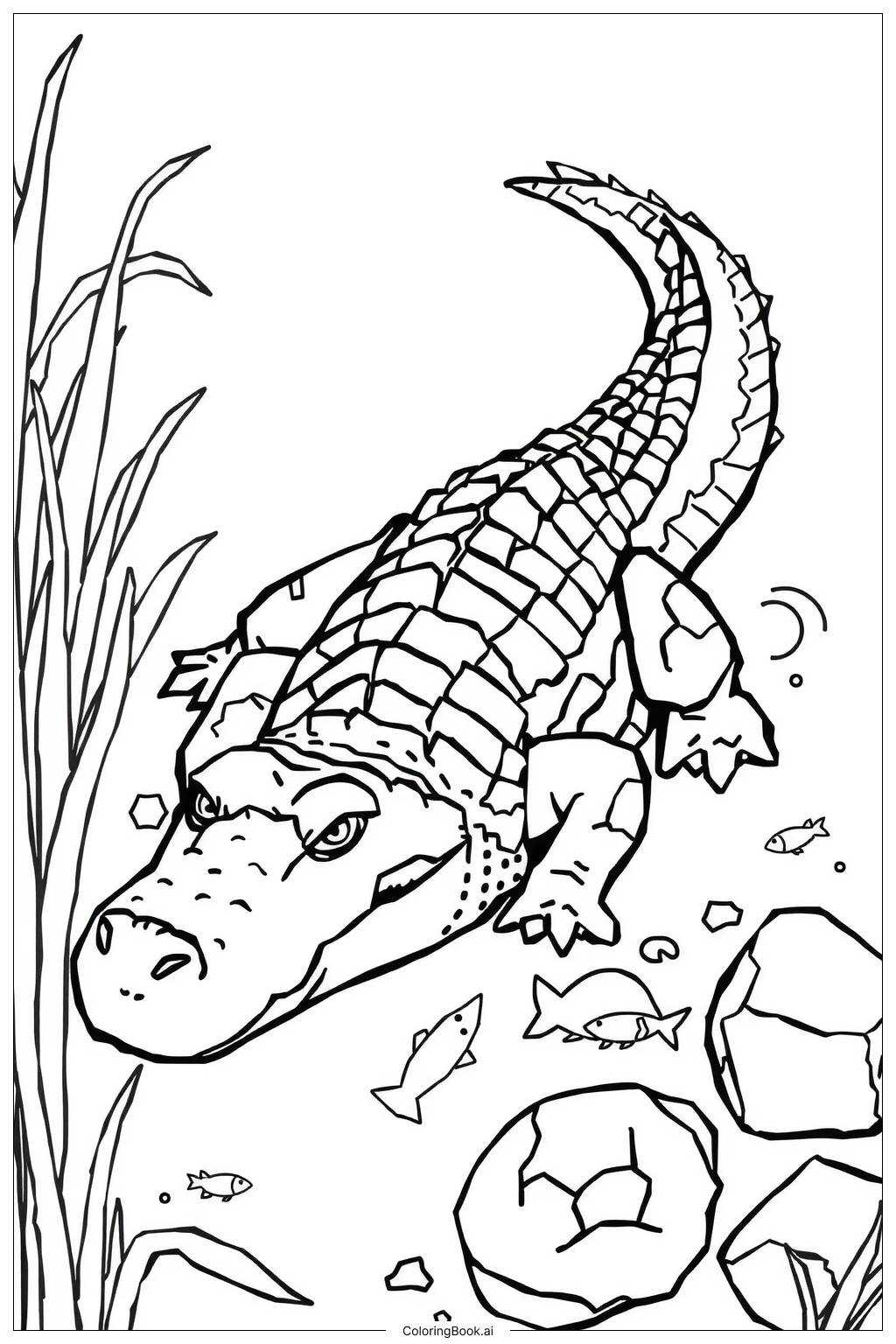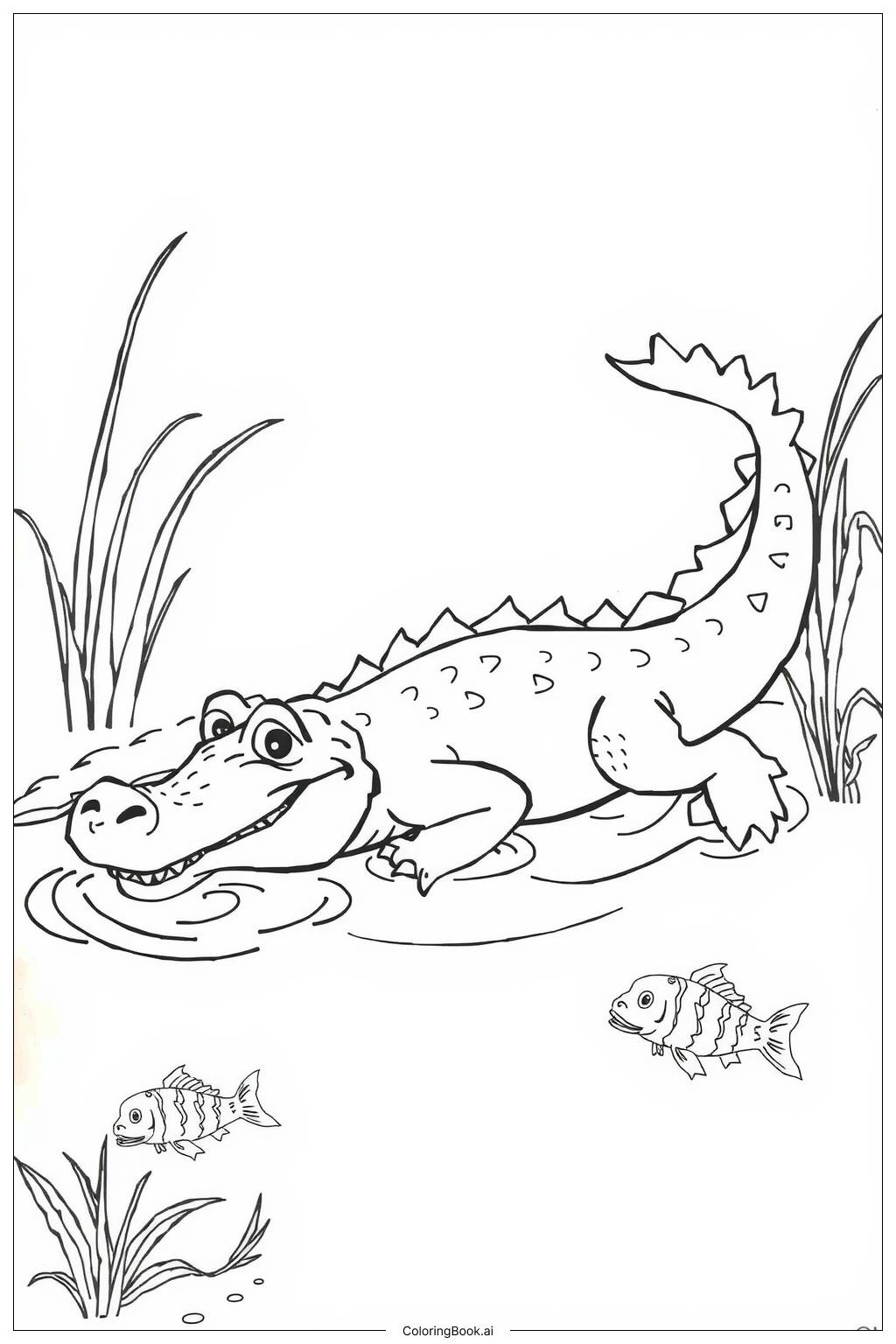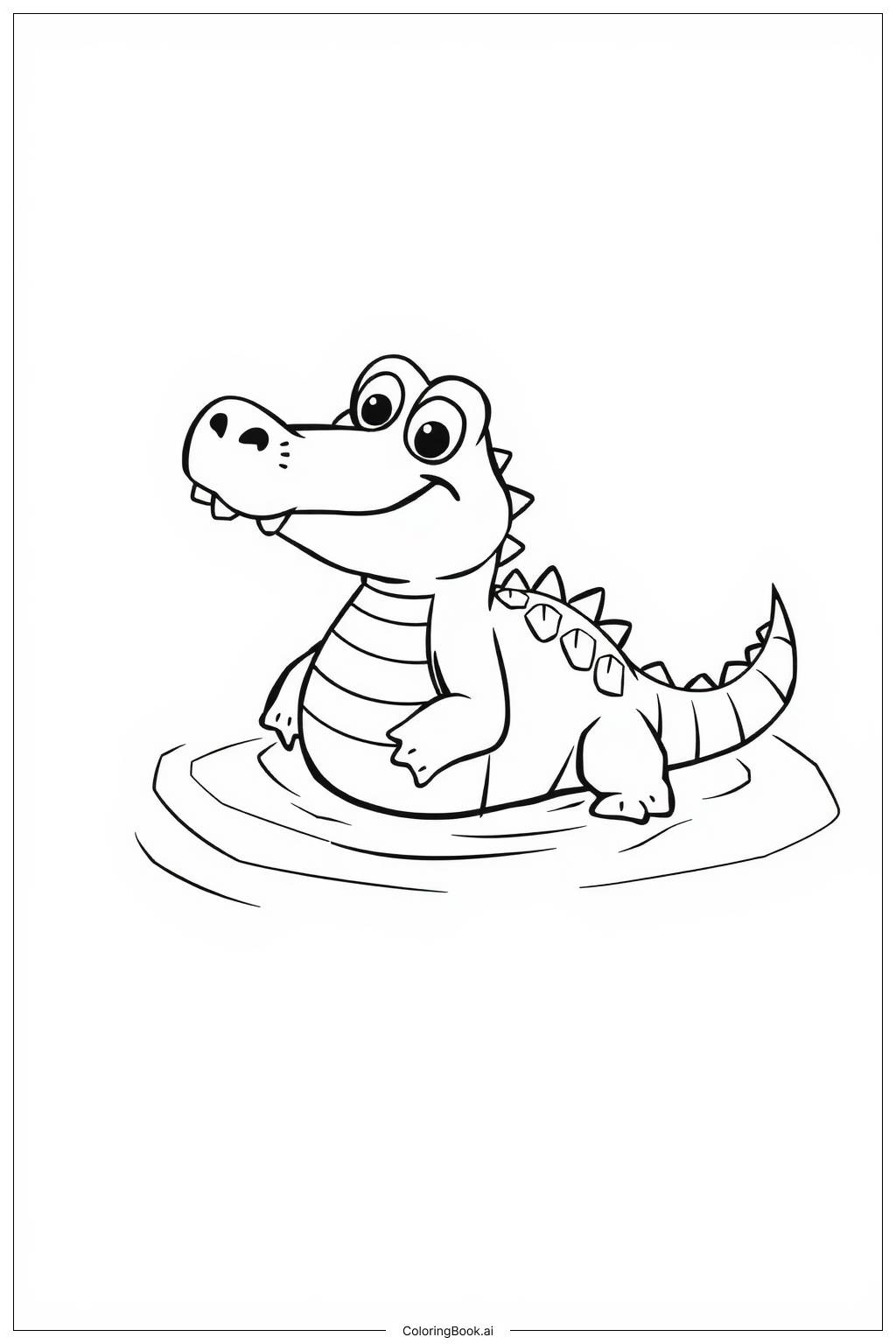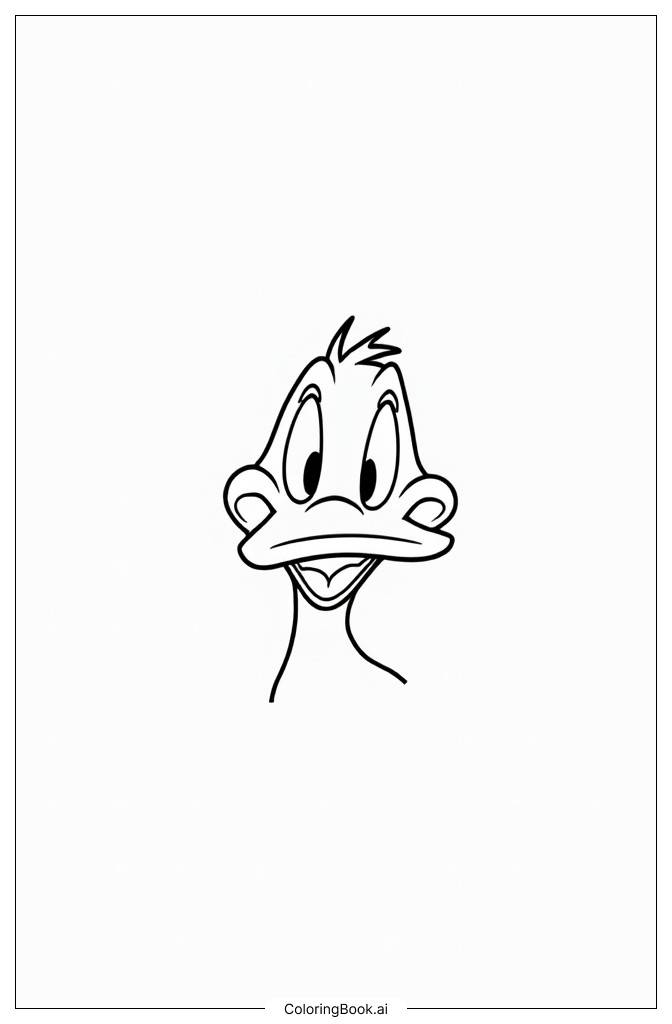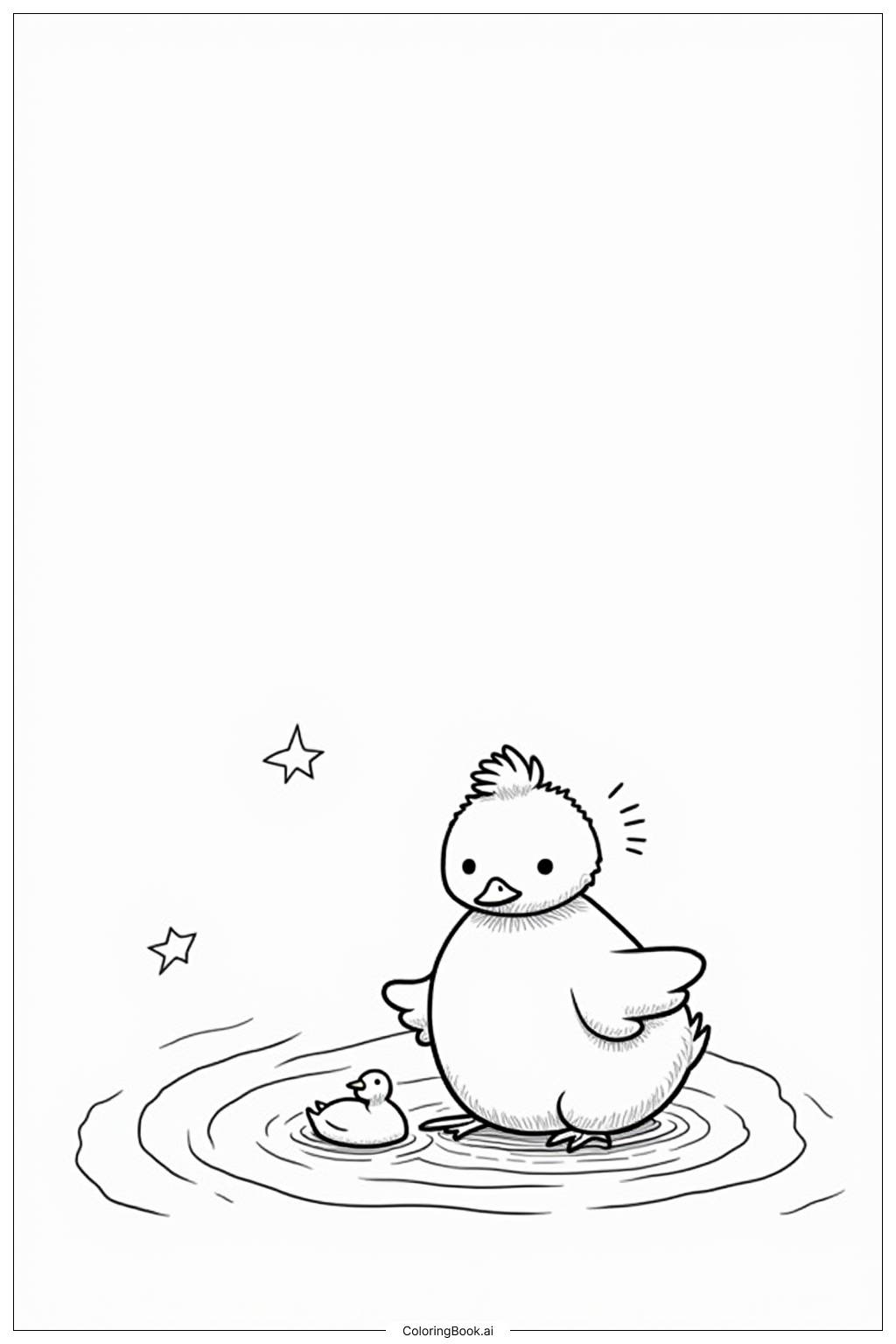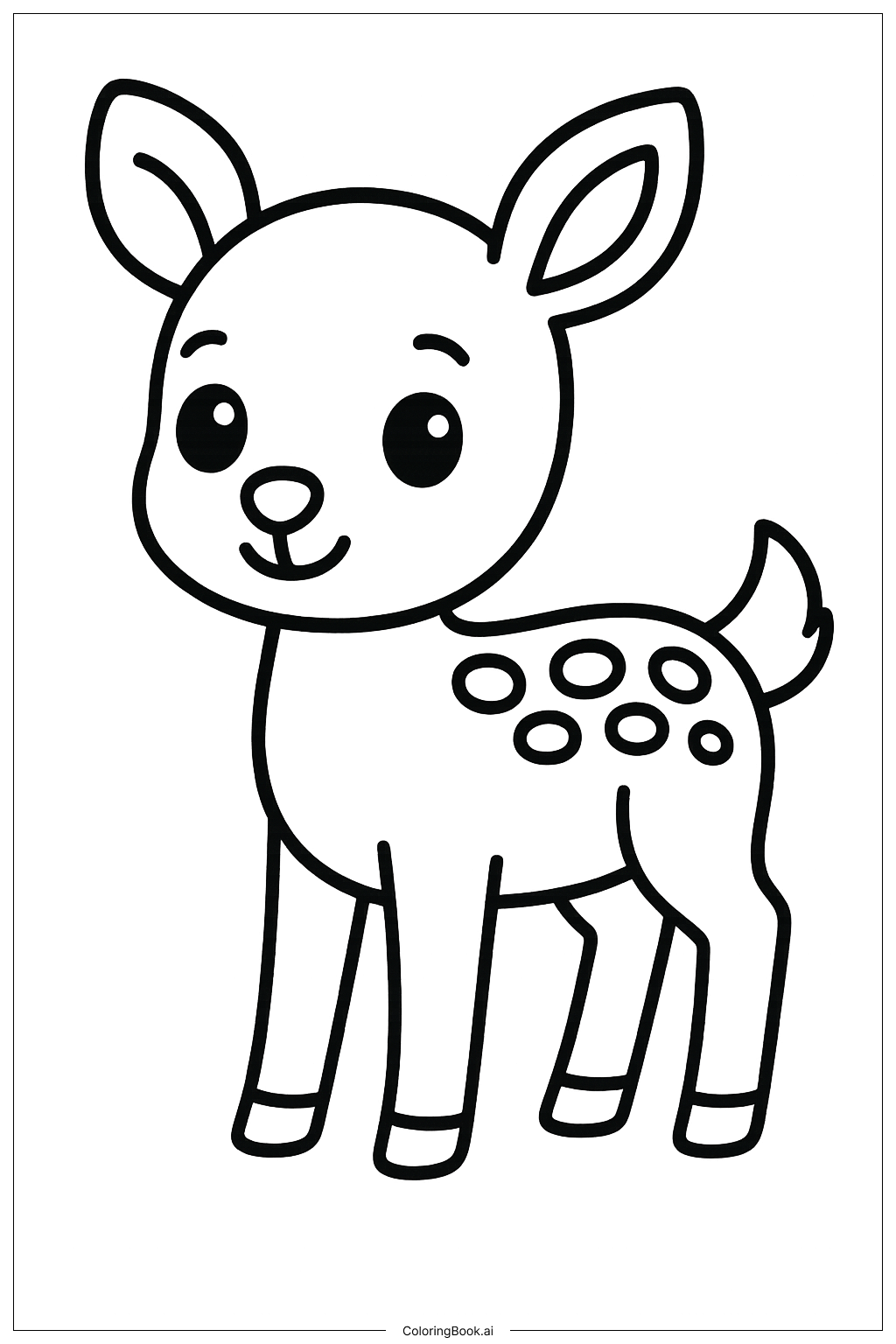Coloring tips: How to color Crocodile's Role in the Ecosystem coloring page well?
When coloring the crocodile, consider using shades of green and brown to reflect its natural colors. You might add some darker green for the scales, and a lighter shade for the underbelly. The water can be colored in shades of blue or turquoise, with hints of white to show movement. The rocks look great in gray or brown, and the plants can be various shades of green. Use your creativity and make this underwater scene vibrant and lively!
Coloring challenges: Which parts are difficult to color and need attention for Crocodile's Role in the Ecosystem coloring page?
1. The crocodile has many scales which require careful coloring. It can be tricky to color each scale differently to show texture. 2. The underwater setting may present challenges in blending colors. The colors of the water need to mix well with the rock colors to create a realistic effect. 3. Shadows and light reflection on water can be difficult to depict. Understanding light can help make the scene more dynamic. 4. The small fish around the crocodile add complexity as they are smaller and require finer coloring techniques. 5. The varying shades of green in the plants may require blending skills to show depth and dimension.
Benefits of coloring books: Advantages of drawing Crocodile's Role in the Ecosystem coloring page
Coloring this crocodile scene can be fun and educational. It helps children learn about crocodiles and their role in the ecosystem. Coloring enhances fine motor skills as kids practice controlling their coloring tools. It also fosters creativity and self-expression. Children can choose colors based on their imagination or learn to match them to reality. Additionally, coloring can be a calming activity, giving children a chance to relax and focus.
